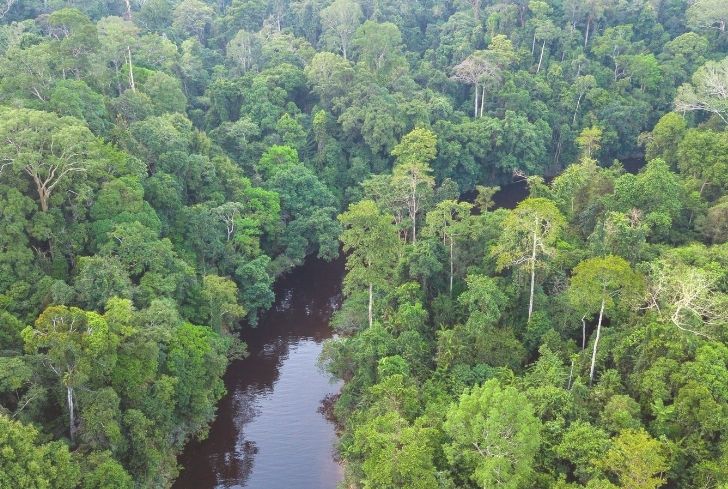 With recent climate changes, how do world leaders know what steps to take next?
With recent climate changes, how do world leaders know what steps to take next?
A lot of global climate change policies are formed at the annual COP or Conference of Parties, an annual assembly of the 197 countries that agreed to the 1992 United Nations Framework Convention on climate change.
Every year, diplomats as well as heads of state and governments gather to discuss future plans to address climate change. This year's conference took place in Baku, Azerbaijan from November 11-22. We look at key highlights from the conference and what the change in the U.S. leadership could mean.
A Step Forward in Climate Finance
The main focus of COP is finance. In order to build clean energy systems, like transition factories and transportation systems away from fossil fuels, it requires trillions of dollars.
 The goal of COP29 was to figure out how much climate aid money wealthy countries should send to poorer countries so that they can transition to renewable energy and adapt to climate effects. After two weeks of intense negotiation, an agreement was reached for $1.3 trillion annually by 2035 with a short term target of $300 billion per year for countries most vulnerable.
The goal of COP29 was to figure out how much climate aid money wealthy countries should send to poorer countries so that they can transition to renewable energy and adapt to climate effects. After two weeks of intense negotiation, an agreement was reached for $1.3 trillion annually by 2035 with a short term target of $300 billion per year for countries most vulnerable.
However, experts say that climate finance should be in the trillions, given the impacts of extreme heat, flooding and rising sea levels in the developing world. There was also a lack of clarity on how the $300 billion would be raised and disbursed to countries.
Furthermore, the US and Europe have called for massive economies like China and Saudi Arabia to contribute to donating climate aid money to developing countries but they resist, claiming that the US and Europe are historically more responsible for total emissions.
A Market for Carbon
The countries also agreed for the first time on carbon offsets, a mechanism by which countries that emit carbon could trade with developing countries. This might take the form of supporting renewable energy projects, reforestation, or building back other natural carbon storage solutions in developing countries.
Critics have expressed concern with carbon trading in carbon as the world urgently needs to move away from emitting carbon to stay within 1.5-2 degree warming. Mechanisms such as carbon offsets could delay achieving these targets.
 US Elections: The Wildcard
US Elections: The Wildcard
An elephant in the room at COP29 is the US because of the recent president-elect, Donald Trump. Officials have said that Trump will most likely pull out of the Conference of Parties when he takes office next year, similar to how he removed the US from the 2015 Paris Climate Agreement during his first term in office.
Trump has claimed he will roll back US support for clean energy and electric cars, expand fossil fuel production, and reduce regulations regarding limiting emissions and pollution. With a lack of US involvement in climate issues, other big emitters like China and the European Nations will need to step up environmental ambitions to bridge the gap.
While the recent COP did see some meaningful steps, many activists are calling for smaller and more frequent meetings that hold countries accountable for their commitments.
Sources: NY Times , Grist, Reuters, Al Jazeera, WEForum








